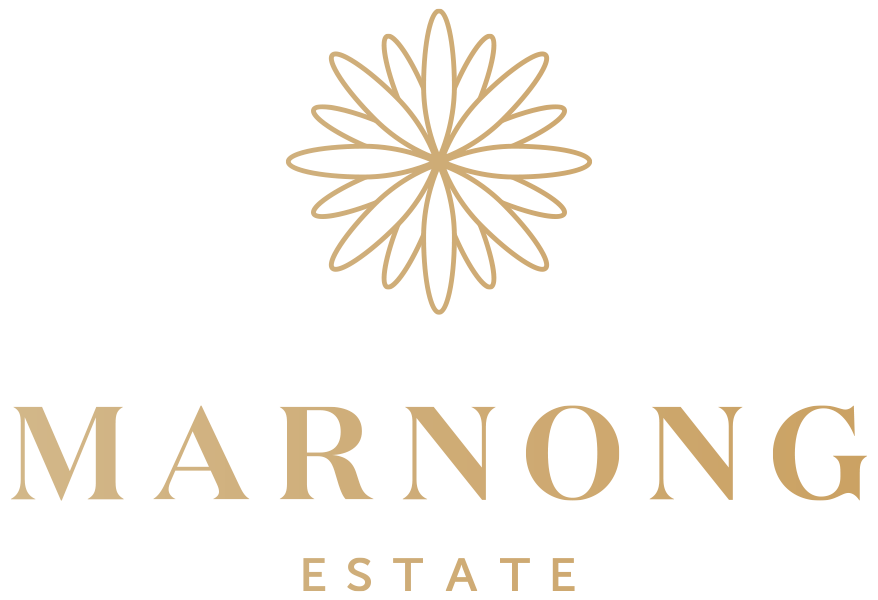Marnong History
Marnong’s significance to Australian history cannot be underestimated with its links to the area’s first inhabitants, the Woiworung people, to a ruthless land baron who helped build Victoria from its early Port Phillip settlement days to a thriving colony.
Before white settlement, the Woiworung lived off the surrounding area where kangaroos and emus roamed and the rolling hills were rich with murnong, or yam daisies, a grasslands plant with edible roots that were their staple diet.
MARNONG ESTATE – THE DORPER BREED
In the 1830s, pastoralist William John Turner Clarke was amassing property and wealth in Van Diemen’s Land and at the end of the decade he lent money to the Scotch Company, a group of Hobart traders, to establish a run on the lush open pastures 30km north of Port Phillip that were well suited for sheep.
The company named the run Bank Vale, which was just beyond the future village of Mickleham and east of Deep Creek, extending north to Darraweit Guim.
Clarke never farmed his land preferring to focus on the more lucrative sheep market, and by 1842 he had 100,000 sheep in the new district and, to his great profit, introduced the Leicester breed into Australia.
In 1841 ‘Big Clarke’, as he was known, took control of Bank Vale, his first undertaking in the district before accumulating more than 100,000 acres within two decades.
By the end of February 1852 Clarke had bought 1700 acres in the immediate area, including Section 23 of the Parish of Mickleham, where Marnong homestead is located.
Clarke later became a representative in the Victorian Legislative Council and accrued more than one million acres across Australia and New Zealand before his death in 1874.
In 1863, part of the Bank Vale property was acquired by grazier Thomas Colclough, who renamed it Green Grove. Over the next 15 years he increased his holding from 846 acres to a little over 1000 acres where he raised sheep and cattle.
The property was sold after Colclough’s death in 1897 and it was Tom Armstrong who named the homestead Marnong, an abbreviation of Maribyrnong – the river in which Deep Creek forms at the junction with Jacksons Creek near Keilor. In 1935, his trustees sold the property to Arthur Angliss, nephew of Australia’s greatest cattle baron Sir William Angliss.
Over the next 20 years, Angliss’ hard work resulted in reclaiming the property from the ravages of rabbits and soil erosion.
With pasture improvement and fertiliser, the property’s carrying capacity was increased five-fold, and Angliss topped the sales at Newmarket saleyards with his fat lambs and bullocks.
The homestead remained in the Angliss family until the late 1990s.
From its days before white settlement to this day, Marnong continues to sustain and produce quality food and now wine.


